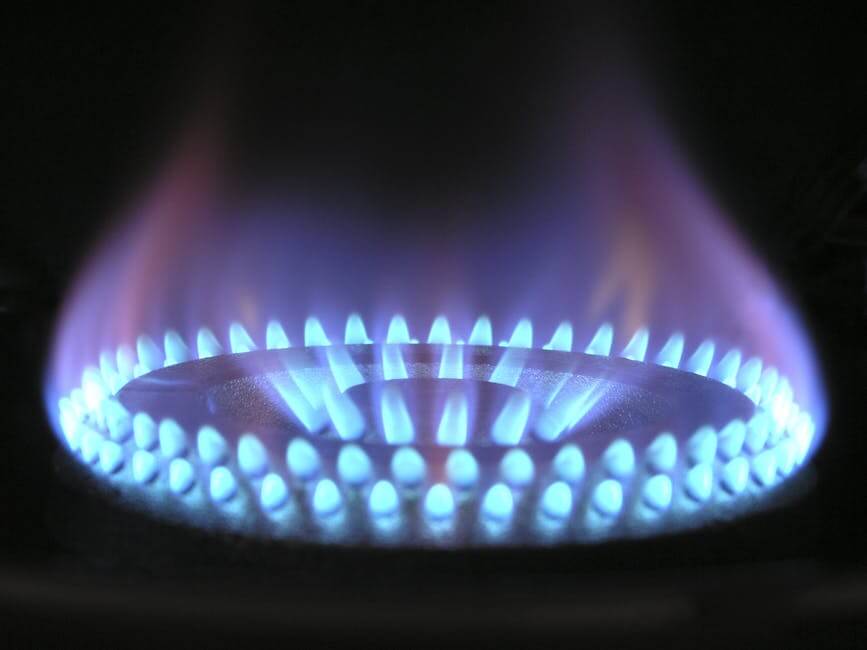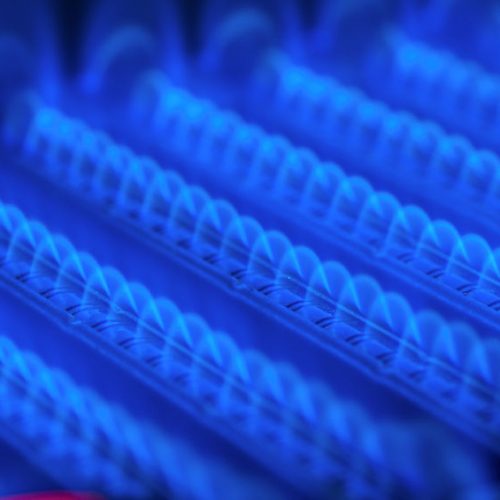7 Signs You May Need Gas Furnace Repairs

You rely on your gas furnace to keep chugging along all winter. But what happens when something seems off?
Gas furnace repairs cost on average $287, but the cost could be more or less depending on what’s wrong. Repairing a part is much cheaper than replacing it.
But handling repairs early can save you money. If you let a problem go unchecked, it could cause more damage with a higher price tag.
That’s why it’s important to pay attention to the signs of a problem with your gas furnace, so you can act early.
Age can be a factor in the need for repairs. Furnaces typically last 20 to 30 years. If yours is getting close to the end of its useful life, you might notice an increased need for repairs.
Other signs also let you know when it’s time to call in a pro.
Keep reading to learn seven signs of a problem with your gas furnace.

1. Decreased Heating
Is your gas furnace struggling to keep up with your heating demands?
Sometimes your system has trouble catching up if you’re suddenly hit with a cold snap.
But if it can’t reach your desired temperature despite thermostat adjustments and time, there’s a good chance the furnace has repair needs. Difficulty heating is often a sign that the unit isn’t working correctly.
Figuring out why the system isn’t working usually requires help from a professional. Decreased heating capacity can come from a number of causes, including a failing motor, clogged filter, or clogged burner.
The problem could also be in the ductwork. Leaks or damage to the ducts can make it difficult for the system to push the heated air throughout the home efficiently.
2. Carbon Monoxide Detector Alarms
If your carbon monoxide detector sounds, call 911 immediately. Shut off the heating system and get out of your home.
It could be a false alarm, but your home could also be filling with deadly gas because of a problem with your gas heating system.
Cracks in the heat exchanger can cause carbon monoxide to leak into your home.
You can see, smell, or otherwise detect the gas. That’s why it’s important to have carbon monoxide detectors in your home.
3. Strange Noises
Another sign you need to contact an HVAC contractor is hearing strange noises from your furnace.
All furnaces make noises when they run. But if you notice new noises, it’s worth investigating.
As your furnace gets older, it might start making more noises. That might include banging, rattling, popping, or squealing.
Banging could be a sign of a problem with the ignitor. When the gas is released, if there’s a delay in the ignition, it could cause thumping when it finally ignites.
Listen to the blower for another auditory clue of a problem.
If it runs more than normal, there could be a problem. You might also hear the blower cycle on and off frequently if something’s wrong.
Frequent cycling often happens if the unit doesn’t circulate air properly or the filter is clogged. It can also happen if there’s an issue with your thermostat.
4. Gas Odor
It’s normal for furnaces to smell a little funny when you first turn them on for the season.
Ongoing unusual smells could indicate a problem. That’s especially true if you can smell gas in your home.
If you notice a strong gas smell near your furnace, it could indicate a leak somewhere in the system. Contact your gas company immediately if you suspect a leak. It could cause a fire or explosion, so you don’t want to wait.
5. Pilot Light Issues
Your furnace’s pilot light could give you a clue when something’s wrong.
A normal pilot light appears blue and is constant. This shows that it’s getting enough oxygen.
If it looks any other color, such as yellow, it’s a sign that’s something’s wrong. The flame might be completely yellow or just partially yellow mixed in with the blue.
Flickering can also indicate a problem. Or you might notice that your pilot light keeps going out and requires you to relight it.
The changes in the pilot light color usually mean there’s a ventilation issue. A common problem is a clog in the air intake valve.
It could indicate that the system isn’t dissipating the carbon monoxide as it should. The weaker flame can’t burn the gas the way it should, so it can enter your home. This can lead to a build-up of the gas in your home.
6. Home Air Quality
A problem with your furnace can affect the air quality inside your home.
An increase in dust could mean your furnace isn’t performing well. When the system doesn’t work correctly, it might push dirt, bacteria, and other debris through the vents.
This can decrease air quality. It might also increase environmental allergies in your family members.
7. Increased Utility Bills
Keep an eye on your gas bill for another sign that your heating system isn’t running correctly.
A stretch of cold weather will increase your utility bills, but unexpected increases are different. If it increases suddenly with no explanation, there could be something going on with your furnace. You might also notice your bills steadily increase if you have an older furnace, indicating that it might give out soon.
This often happens when you haven’t maintained your furnace or it’s getting older. It runs less efficiently, which means it takes more gas to keep your home heated.
There could also be damage inside the unit that’s causing it to work less efficiently. When something’s wrong with one of the parts, the furnace has to work harder to heat your home. That increases the fuel demands.
A technician can spot the issue and repair it to get your system running at peak performance again.
Complete Gas Furnace Repairs Quickly
If you suspect the need for gas furnace repairs, call a heating and cooling company right away. Letting the problem continue could cause major damage. It could also put your family at risk if the issue involves a gas or carbon monoxide leak.
If you need repairs on your gas furnace in the Seattle area, contact us today.
